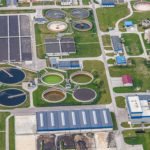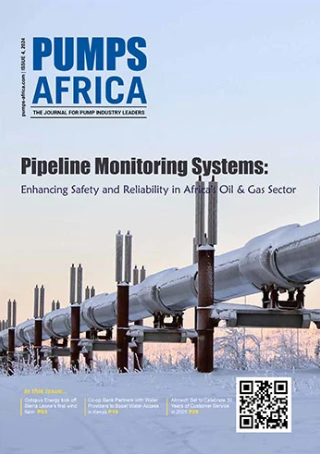Rwanda, a small landlocked country located in East Africa, is known for its stunning natural beauty, including mountains, forests, and lakes. However, the country has long struggled with access to clean water and sanitation. In recent years, the Rwandan government has made significant investments in water infrastructure to improve access to safe drinking water and sanitation facilities across the country.
One of the most significant challenges facing Rwanda’s water infrastructure is the country’s hilly terrain, which makes it difficult to transport water to rural areas. To address this challenge, the government has focused on building new water supply systems, including pipelines and water treatment plants, as well as rehabilitating and upgrading existing systems.
One of the most notable water infrastructure projects in Rwanda is the Kigali Bulk Water Supply Project. This project, which was completed in 2015, involved the construction of a new water treatment plant and a network of pipelines to transport water from the Nyabarongo River to the city of Kigali. The project has greatly improved access to clean water in Kigali, which is home to more than 1 million people.
Another key project is the Rural Water Supply and Sanitation Project, which was launched in 2008 with support from the World Bank. This project aims to provide clean water and sanitation facilities to rural communities across the country. As part of this project, the Rwandan government has invested in the construction of new water supply systems, the rehabilitation of existing systems, and the training of local communities in water management and hygiene practices.
In addition to these large-scale projects, the Rwandan government has also implemented a number of smaller initiatives to improve water infrastructure in the country. For example, the government has provided subsidies to households to help them purchase rainwater harvesting equipment, which can help to supplement their water supply during the dry season. The government has also worked with local communities to build latrines and other sanitation facilities.
Despite these efforts, there is still much work to be done to improve water infrastructure in Rwanda. According to the World Health Organization, only 64% of the population has access to basic water services, and just 20% have access to safely managed sanitation facilities. In rural areas, these figures are even lower.
To continue making progress, the Rwandan government will need to continue investing in water infrastructure and working with communities to improve access to clean water and sanitation facilities. By doing so, the country can improve the health and well-being of its citizens, boost economic development, and protect its natural resources for future generations.
Share






